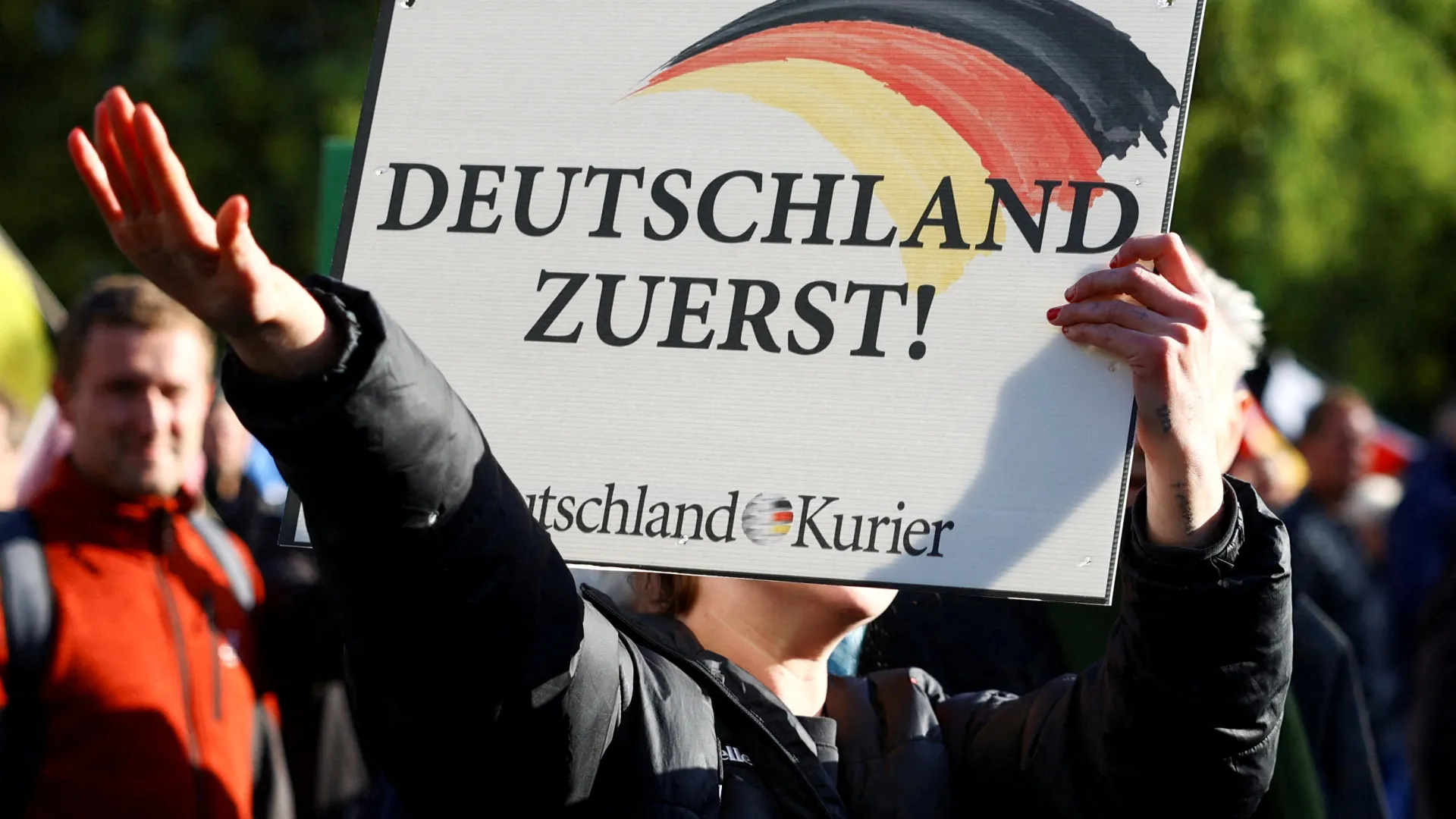

There has been no tsunami and as always the participation has been low. However, the extremes of the far right and, in general, the Eurosceptics have been strengthened. The main victims have been the centrists: progressive (Greens) and liberal (Renewed Europe). This change has taken root mainly in Germany and France. The rise of the National Meeting Centre of Marine Le Pen and the fall of Emmanuel Macron’s coalition have prompted the president to dissolve the parliament and call elections. In Europe, the rise of the Alternative to Germany (AfD) is noted with concern, although it has moved away from the Christian Democrats (CDU). In Italy the right extremes have made chrome changes between Lega and Fratelli d'Italia, but they will basically maintain a similar protection.
According to the study carried out by the German think tank Europeanist Centre for European Policy, from the entry into force of the euro from 1999 to 2017 each Frenchman lost 55,996 € and each Italian lost an average of 73,605 €, while the Germans enriched 23.116 € per person. This explains why the right-wing tip in Italy and France has achieved success before in Germany. Since then, the club of economic victims has spread to Germany in the shadow of the current geopolitical conflict. After hijacking EE.UU. The leader of the German economy is incapable of rising. The electorate’s response has been to strengthen those who identify it as a sovereign choice: AfD, CDU and the Sahra Wagenknecht Alliance (BSW).
In Northern Europe, the left sides have been strengthened and the hard right sides have been weakened a little. In Spain the newness has been the rise of the right end from four to nine positions. In Hungary and Slovakia the Eurosceptics have won the elections, in Poland the extreme right-wing have brought out 26 MEPs, close to the 27 who have brought the parties from left to right from the centre.
In any case, things are not going to change much in practice. The European People’s Party, the electoral winner, coalition with Social Democrats, the second parliamentary group. Between them they will suffice to reach an absolute majority with the support of the liberal democratic groups Renew Europe, as in the previous legislature. Another thing is that in the popular group there are parties that are close to the far right.
But it does not matter too much, the European Parliament has very few powers in relation to any parliament. However, it has great spectacularity and symbolic power. That is why the far right knows how to use it very well as a springboard for politics. On the contrary, its rivals, especially the progressive forces, can hardly cope with them, especially because they regard the wind of anti-fascist identity as a central strategy, without giving prominence to essential elements to help understand the phenomenon: the supremacist discourse of the European institutions and the elites, the geopolitical impossibility of defending neoliberal policies and European interests.